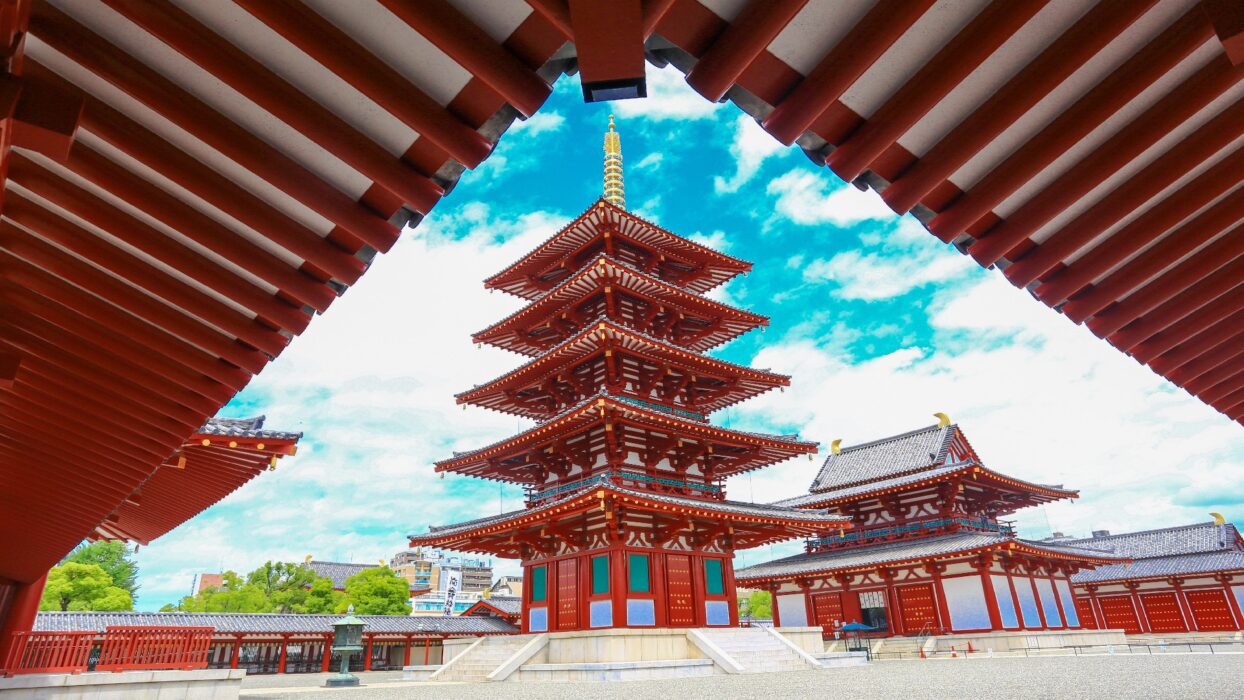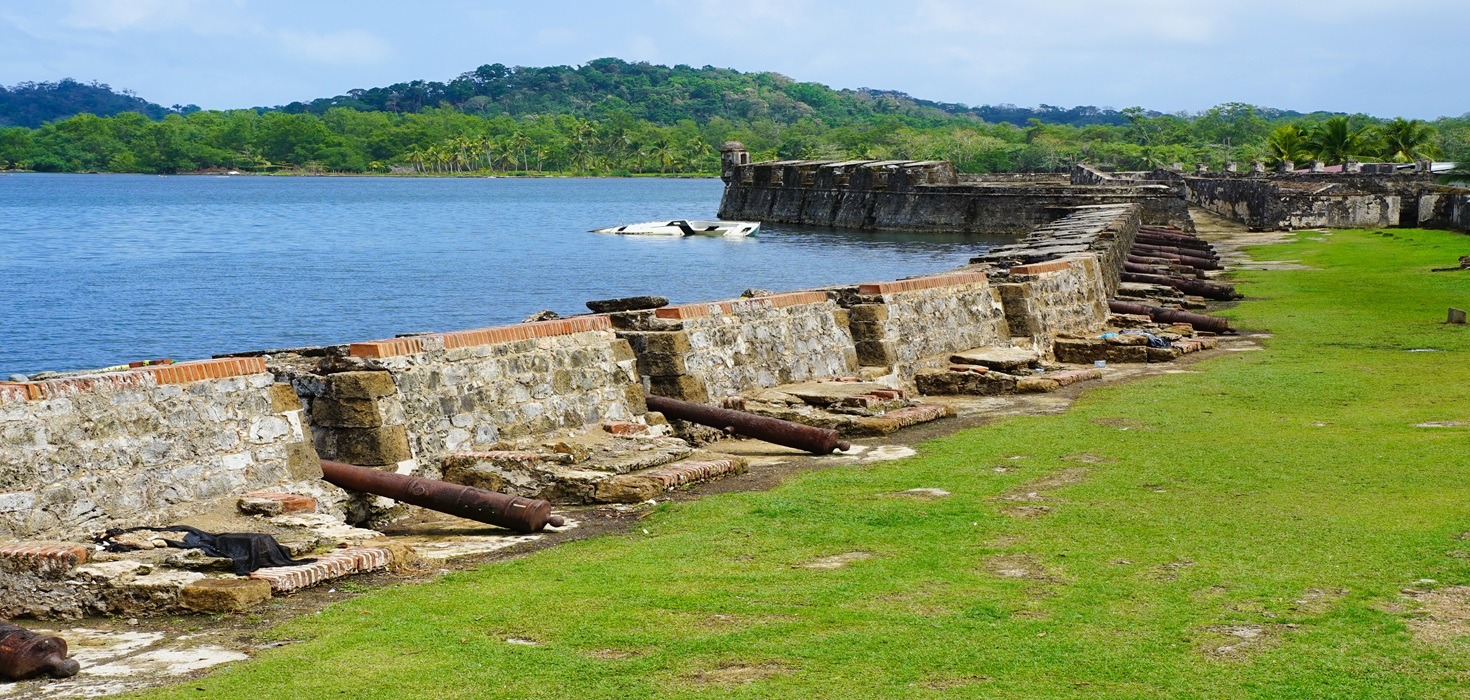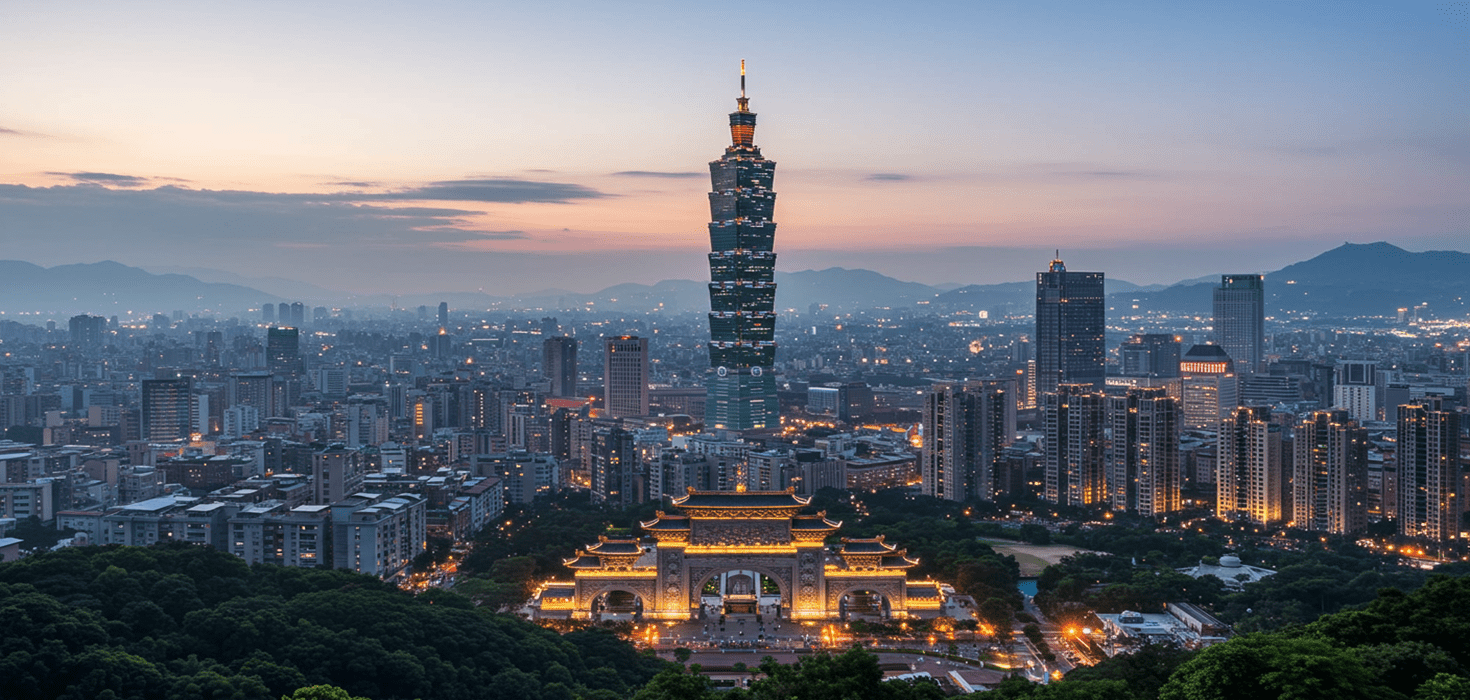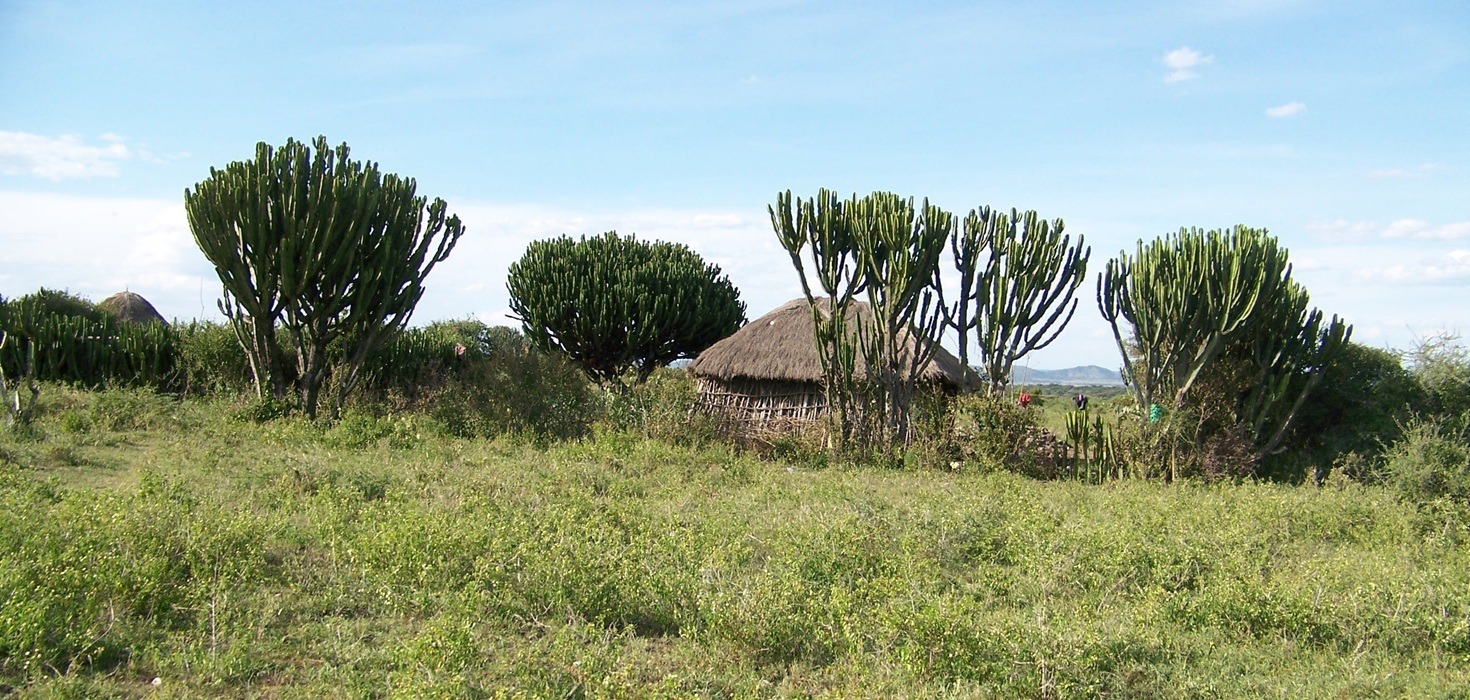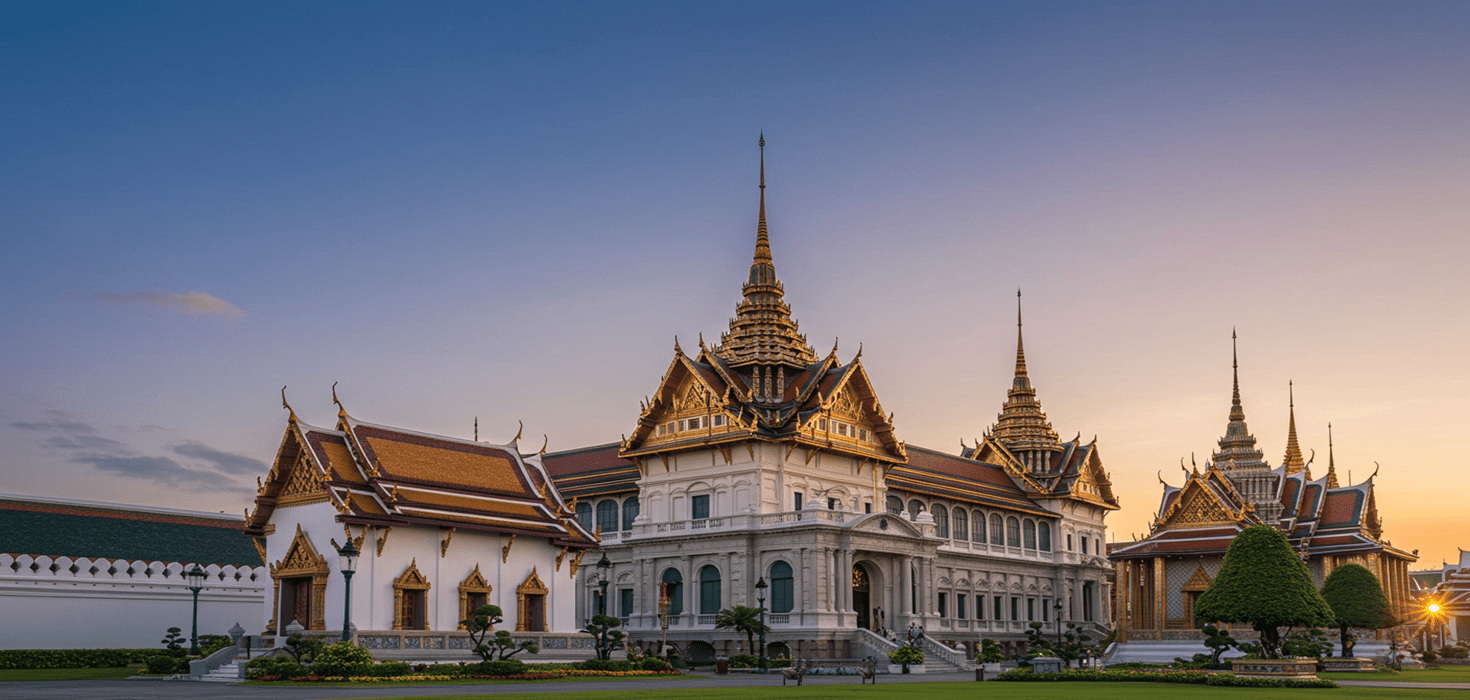Experience the Magic of the Gion Festival 2024: A Local’s Guide to Kyoto’s Most Enchanting Celebration!
Welcome to Kyoto, where tradition dances with modernity, and the air is filled with the sweet scent of summer festivities! If you’re planning to visit in July 2024, you’re in for a spectacular treat—the Gion Festival, or Gion Matsuri, is just around the corner! This iconic festival, celebrated for over a thousand years, showcases the heart and soul of Kyoto’s culture, making it a must-see for anyone eager to immerse themselves in local traditions.
The Gion Festival is a vibrant celebration that occurs throughout the entire month of July, culminating in breathtaking parades, stunning floats, and mouthwatering street food. Originally a purification ritual to appease the gods and ward off epidemics, the festival has evolved into a lively showcase of artistry, community spirit, and rich history. In 2024, as the festival continues to thrive, it promises to enchant both locals and travelers alike with its colorful displays and heartfelt celebrations.
Get ready to experience the magic of the Gion Festival! From the mesmerizing floats that tower overhead to the delicious aromas wafting from food stalls, you’re about to embark on an unforgettable adventure. This guide will take you through everything you need to know about the festival, including its significance, schedule, and insider tips to make the most of your visit. So, fasten your yukata and let’s dive into the charm of the Gion Festival!
The Allure of the Gion Festival: What Makes It Special?
What sets the Gion Festival apart from other summer celebrations in Japan? It’s not just the stunning floats or the lively atmosphere; it’s the deep-rooted culture and history that make this festival truly special. Recognized by UNESCO as an Intangible Cultural Heritage, the Gion Festival is a testament to Kyoto’s dedication to preserving its traditions. The festival’s origins date back to the 9th century, and it has transformed into a month-long celebration filled with various events that reflect the community’s values and artistry.
At the heart of the Gion Festival lies the magnificent yamaboko floats, intricately decorated and painstakingly crafted by local artisans. These floats tell stories of Kyoto’s past, showcasing the exceptional craftsmanship that has been passed down through generations. As you wander through the streets of Gion, you’ll find yourself captivated by the vibrant colors, the rhythmic sounds of traditional music, and the joyous laughter of festival-goers.
What makes the Gion Festival a unique cultural experience is its ability to bring people together. Locals and visitors alike join in the festivities, sharing in the joy and excitement that fills the air. Whether you’re marveling at the floats, savoring delicious festival foods, or participating in traditional games, every moment spent at the Gion Festival is a chance to connect with the rich tapestry of Kyoto’s heritage.
Gion Festival Schedule: Mark Your Calendar!
Ready to plan your visit? The Gion Festival runs from July 1st to July 31st, with key events that you won’t want to miss! Here’s a breakdown of the festival schedule:
- July 1-31: Festival duration with various events throughout the month.
- July 14-16: Yoiyama celebrations, where the streets come alive with food stalls, float displays, and lively entertainment.
- July 17: Saki Matsuri, featuring 23 stunning floats parading through the streets, showcasing the pinnacle of the festival.
- July 24: Ato Matsuri, with 10 floats on display, offering a more intimate experience of the festival.
For the best experience, consider attending the Yoiyama celebrations, where you can immerse yourself in the festival atmosphere and sample delicious street food. If you’re keen on seeing the grand parade, July 17 is the day to be there, as the floats will be at their most magnificent!
With this schedule in hand, you’re all set to enjoy the Gion Festival and create memories that will last a lifetime. But wait, there’s more to discover! Let’s take a closer look at the fascinating history that makes this festival so special.
Unveiling the History of the Gion Festival: Tradition Meets Celebration
The Gion Festival’s roots can be traced back to the Heian period, originally conceived as a purification ritual to appease the gods and protect the city from plagues. Over the centuries, this humble beginning blossomed into a grand celebration that reflects Kyoto’s cultural identity. The festival has weathered the test of time, adapting to changes while retaining its core traditions.
As you stroll through the festival, you’ll come across numerous anecdotes and folklore that add to its charm. One popular story tells of a local priest who, after a series of misfortunes, prayed to the gods for relief. Following his prayers, the Gion Festival was born, symbolizing hope and renewal for the people of Kyoto. This spirit of resilience and community is still felt today, as locals come together to celebrate their heritage.
Each float at the Gion Festival carries its own unique story, often depicting historical events or local legends. The craftsmanship of these floats is a sight to behold, showcasing the dedication and artistry of the local craftsmen. As you admire these magnificent structures, take a moment to appreciate the centuries of tradition that have gone into creating this beautiful celebration.
With such a rich history behind it, the Gion Festival is not just an event; it’s a living testament to Kyoto’s cultural heritage. As you prepare for your visit, keep in mind the stories and traditions that make this festival a truly magical experience.
The Spectacular Gion Festival Floats: A Closer Look
Now, let’s talk about the real stars of the Gion Festival—the stunning yamaboko floats! These intricately designed floats are not only visually striking but also steeped in meaning. Each float is a work of art, adorned with elaborate decorations, textiles, and sometimes even live performances. The craftsmanship is a blend of traditional techniques and modern creativity, making them a highlight of the festival.
There are two main types of floats: the yama, which are smaller and often carry decorative displays, and the boko, which are larger and can reach heights of over 25 meters! The floats are pulled through the streets by teams of enthusiastic locals, creating a spectacle that you won’t want to miss. As the sun sets, the floats are illuminated, creating a magical atmosphere that enchants everyone in attendance.
Each float tells a story. For example, the “Hachiman” float is adorned with a beautiful tapestry depicting the legendary Hachiman deity, while the “Kamo” float showcases intricate wooden carvings representing the ancient gods of the Kamo River. As you explore the festival, take the time to learn about the stories behind these floats and the significance they hold within the community.
The Gion Festival floats are a true highlight, offering a glimpse into the rich cultural heritage of Kyoto. So, grab your camera and get ready to capture the beauty and artistry of these magnificent creations!
Culinary Delights at the Gion Festival: A Foodie’s Paradise
Get ready to tantalize your taste buds! The Gion Festival isn’t just a feast for the eyes; it’s a culinary adventure waiting to unfold. As you stroll through the festival, the enticing aroma of traditional Japanese street food fills the air, beckoning you to sample the delicious offerings. Here are some must-try dishes that will elevate your festival experience to mouthwatering heights!
- Shimidare Butaman: These steamed buns are a festival favorite, often filled with savory pork and topped with a sweet sauce that will leave you craving more.
- Mizu Azuki: A refreshing treat made from sweet red beans, this dessert is perfect for cooling off during the summer heat. You’ll find it served in various forms, such as icy shaved ice or as a filling in traditional sweets.
- Kingyo Cider: This unique beverage, inspired by the goldfish (kingyo) motif often seen in festival decorations, is a refreshing soda that perfectly complements the festival atmosphere.
As you wander through the vibrant streets, keep an eye out for popular food stalls that serve these delicacies. Don’t hesitate to ask locals for their favorite spots; they’ll be more than happy to share their hidden gems. Many festival-goers have fond memories tied to specific food stalls, so consider trying a few different dishes to find your personal favorites!
Gion Festival Activities: Join the Fun!
What’s a festival without some fun activities? The Gion Festival is packed with engaging experiences that allow you to immerse yourself in local customs and traditions. From traditional games to cultural performances, there’s something for everyone!
- Traditional Games: Participate in classic Japanese games like kendama (a cup-and-ball game) or fukuwarai (a game similar to pin the tail on the donkey). These games are not only fun but also a fantastic way to connect with locals.
- Street Performances: Keep your eyes peeled for street performers showcasing traditional music and dance. You might even catch a glimpse of the mesmerizing Gion Odori, a traditional dance performed in honor of the festival.
- Workshops: Some local artisans offer workshops where you can learn about traditional crafts, such as making yukata (summer kimono) or creating your own festival decorations. This hands-on experience is a unique way to take home a piece of Kyoto’s culture!
Engaging in these activities not only adds to the festival spirit but also allows you to create lasting memories. Don’t be shy—jump in and join the fun! You’ll find that locals are welcoming and eager to share their traditions with you.
Capturing the Essence: Gion Festival Photography Tips
With the Gion Festival’s vibrant colors and stunning floats, you’ll want to capture every moment. Here are some photography tips to help you snap the perfect shots!
- Best Spots: The streets of Gion are filled with picturesque backdrops. Look for spots near the float displays, especially during the evening when the floats are beautifully illuminated.
- Golden Hour: The hour just before sunset is perfect for capturing the warm glow of the festival. The soft lighting enhances the colors of the floats and the festive atmosphere.
- Action Shots: Don’t forget to capture the lively atmosphere! Candid shots of festival-goers enjoying food, playing games, or dancing will bring your memories to life.
For those serious about photography, consider bringing a DSLR or mirrorless camera. However, even smartphone cameras can do wonders with the right techniques. Experiment with angles and perspectives to showcase the festival’s vibrancy.
Transportation and Accessibility: Getting to the Gion Festival
Planning your trip to Kyoto for the Gion Festival? Getting around is a breeze, thanks to the city’s efficient public transport system. Here’s how to make your journey smooth and enjoyable!
- Public Transport: The easiest way to reach the Gion area is via the Kyoto City Bus or subway. The nearest subway station is Karasuma Oike, which connects to the Gion district. Buses also run frequently, making it convenient to hop on and off at various festival locations.
- Walking: Once you’re in the Gion area, walking is the best way to soak in the festival atmosphere. The streets are pedestrian-friendly, and you’ll discover hidden gems as you stroll.
- Avoiding Crowds: If you can, plan your visits during off-peak hours. Early mornings or late evenings are great times to explore without the hustle and bustle of large crowds.
With these transportation tips, you’ll be free to enjoy the Gion Festival without any hassle!
Nearby Attractions: Explore Kyoto Beyond the Festival
While the Gion Festival is undoubtedly a highlight, don’t miss the chance to explore Kyoto’s other attractions. Here are some must-visit sites that will enhance your experience:
- Nishiki Market: Just a short walk from Gion, this bustling market is a food lover’s paradise. Sample local delicacies, shop for unique souvenirs, and soak in the lively atmosphere.
- Kiyomizu-dera Temple: A UNESCO World Heritage site, this stunning temple offers breathtaking views of the city and is a perfect spot for a peaceful break from the festivities.
- Gion District: Take some time to explore the traditional streets of Gion, where you might spot a geisha or enjoy a tea ceremony in a local teahouse.
Combining your festival visit with sightseeing will give you a well-rounded experience of Kyoto’s rich culture and history.
Safety and Comfort Tips: Enjoying the Festival Responsibly
As you immerse yourself in the Gion Festival, keeping safety and comfort in mind will ensure a fun experience. Here are some handy tips:
- Stay Hydrated: July can be hot and humid, so drink plenty of water as you enjoy the festivities. Look for stalls selling refreshing drinks to keep cool!
- Sun Protection: Don’t forget your sunscreen and a hat to protect yourself from the sun. A light scarf can also be handy for covering your shoulders.
- Crowd Management: With large crowds, it’s wise to keep your belongings secure and be mindful of your surroundings. If you’re traveling with friends or family, establish a meeting point in case you get separated.
By taking these precautions, you can enjoy the Gion Festival to the fullest while staying safe and comfortable.
Cultural Etiquette: Engaging Respectfully with Local Traditions
Participating in the Gion Festival is a wonderful opportunity to engage with Japanese culture. To show respect for local traditions, keep these etiquette tips in mind:
- Dress Appropriately: Wearing a yukata or traditional kimono is a great way to embrace the festival spirit. Many locals wear these beautiful garments, and you’ll feel a part of the celebration!
- Respect Local Customs: Be mindful of the customs surrounding the festival. For example, it’s polite to bow when greeting locals and to ask for permission before taking photos of people.
- Participate Thoughtfully: Join in on activities and games, but do so with respect for the traditions and the people involved. Your enthusiasm will be appreciated!
By following these guidelines, you’ll not only enjoy the festival but also foster positive interactions with the locals.
Fun Facts About the Gion Festival: Did You Know?
As you revel in the festivities, impress your friends with these fun facts about the Gion Festival!
- The Gion Matsuri is one of the oldest festivals in Japan, with origins dating back to the 9th century!
- Each yamaboko float is adorned with unique decorations, often featuring intricate tapestries that tell stories from Kyoto’s history.
- The festival was originally held to appease the gods and ward off plagues, showcasing the deep connection between the community and their spiritual beliefs.
These tidbits add an extra layer of appreciation for the festival, making your experience even more enriching!
Detailed Day-by-Day Itinerary for the Gion Festival
Ready to maximize your Gion Festival experience? Here’s a suggested day-by-day itinerary to help you make the most of your visit:
Day 1: Arrival and Exploration
- Arrive in Kyoto and check into your accommodation.
- Spend the afternoon exploring Nishiki Market for delicious snacks.
- In the evening, visit Gion to see the festival preparations and enjoy street performances.
Day 2: Yoiyama Celebrations
- Join the Yoiyama celebrations! Start your day by sampling street food.
- Visit the float displays and take plenty of photos.
- Participate in traditional games and workshops throughout the day.
- Wrap up your day with a sunset view of the floats illuminated at night.
Day 3: Saki Matsuri and Cultural Immersion
- Attend the Saki Matsuri on July 17! Get there early to secure a good viewing spot for the parade of floats.
- After the parade, explore more of Gion and visit local shops.
- Consider joining a tea ceremony to experience authentic Japanese culture.
Day 4: Ato Matsuri and Relaxation
- On July 24, enjoy the Ato Matsuri with a more intimate float display.
- Spend the afternoon visiting Kiyomizu-dera Temple for stunning views.
- In the evening, relax at a local onsen (hot spring) to unwind after the festivities.
This itinerary offers a blend of festival excitement and cultural exploration, ensuring you experience the best of Kyoto during the Gion Festival!
Sustainability and Conservation Focus: Preserving Tradition
As you enjoy the Gion Festival, consider the impact of your visit on the local community and environment. Here are some tips to ensure your experience is sustainable:
- Support Local Vendors: Purchase food and souvenirs from local stalls to help support the community.
- Reduce Waste: Bring a reusable water bottle and shopping bag to minimize plastic waste during your visit.
- Respect the Environment: Follow local guidelines for litter disposal and be mindful of your surroundings to help preserve Kyoto’s beauty.
By being a responsible traveler, you can enjoy the Gion Festival while contributing to the preservation of Kyoto’s rich cultural heritage.
With all this information at your fingertips, you’re ready to experience the Gion Festival like a local! From the stunning floats and delicious food to the vibrant activities and rich history, this festival promises an unforgettable adventure. So, pack your bags, grab your yukata, and get ready for a summer celebration that will leave you with memories to cherish for years to come!

